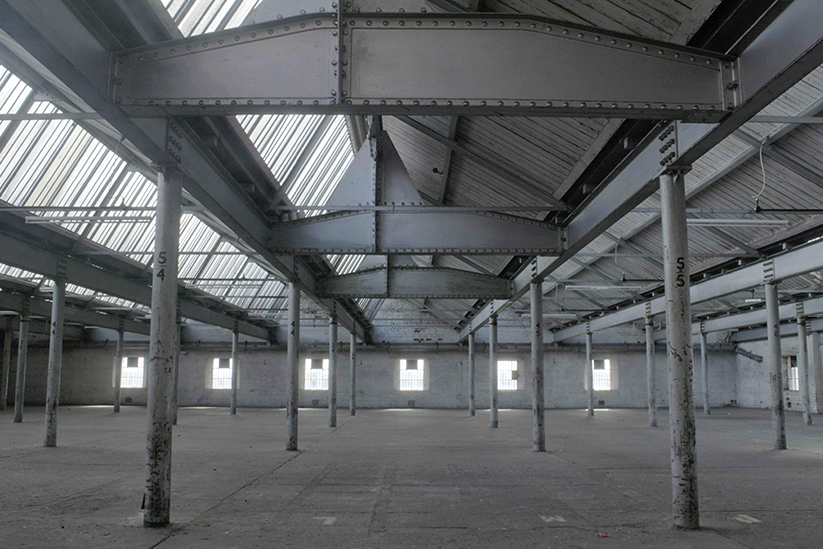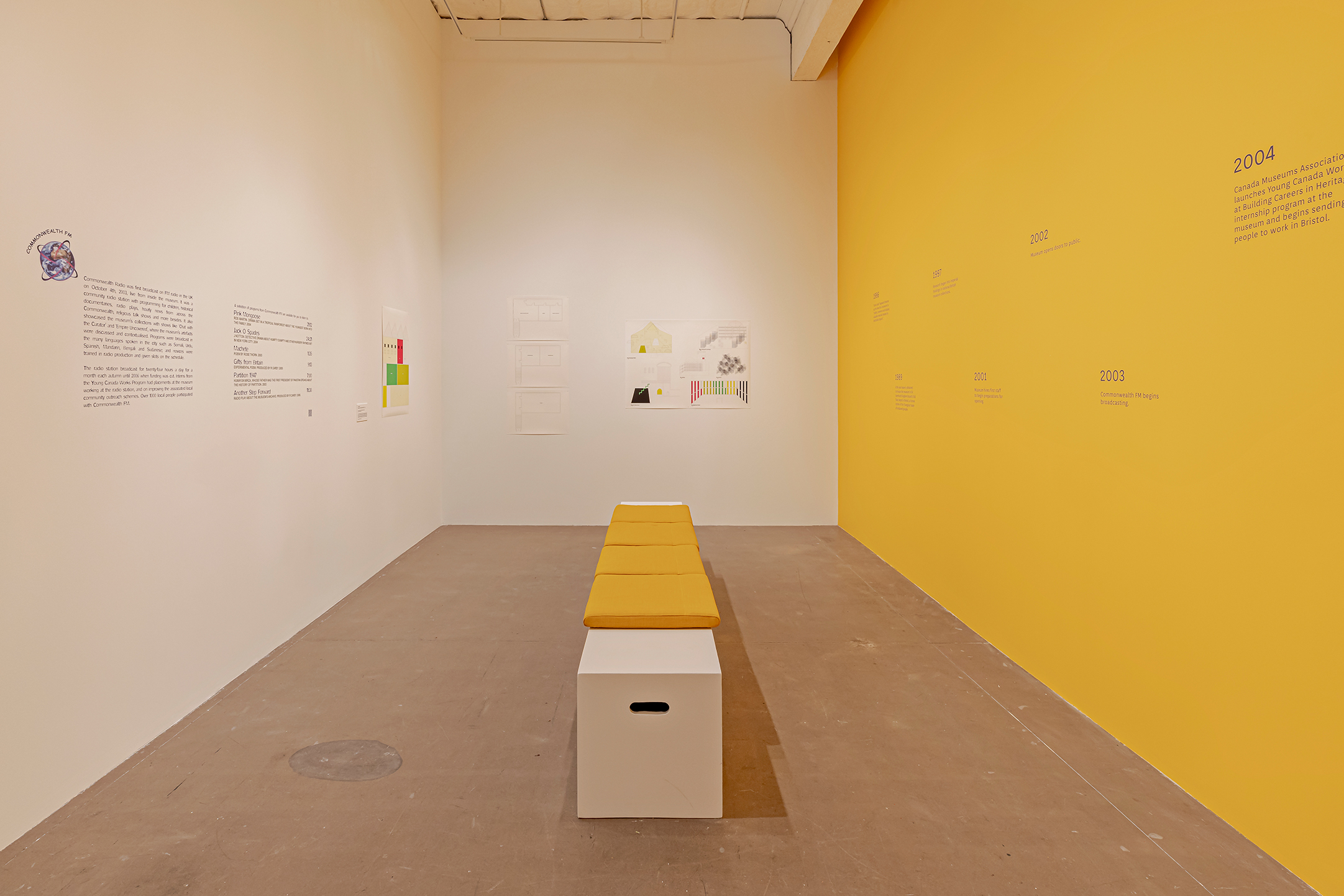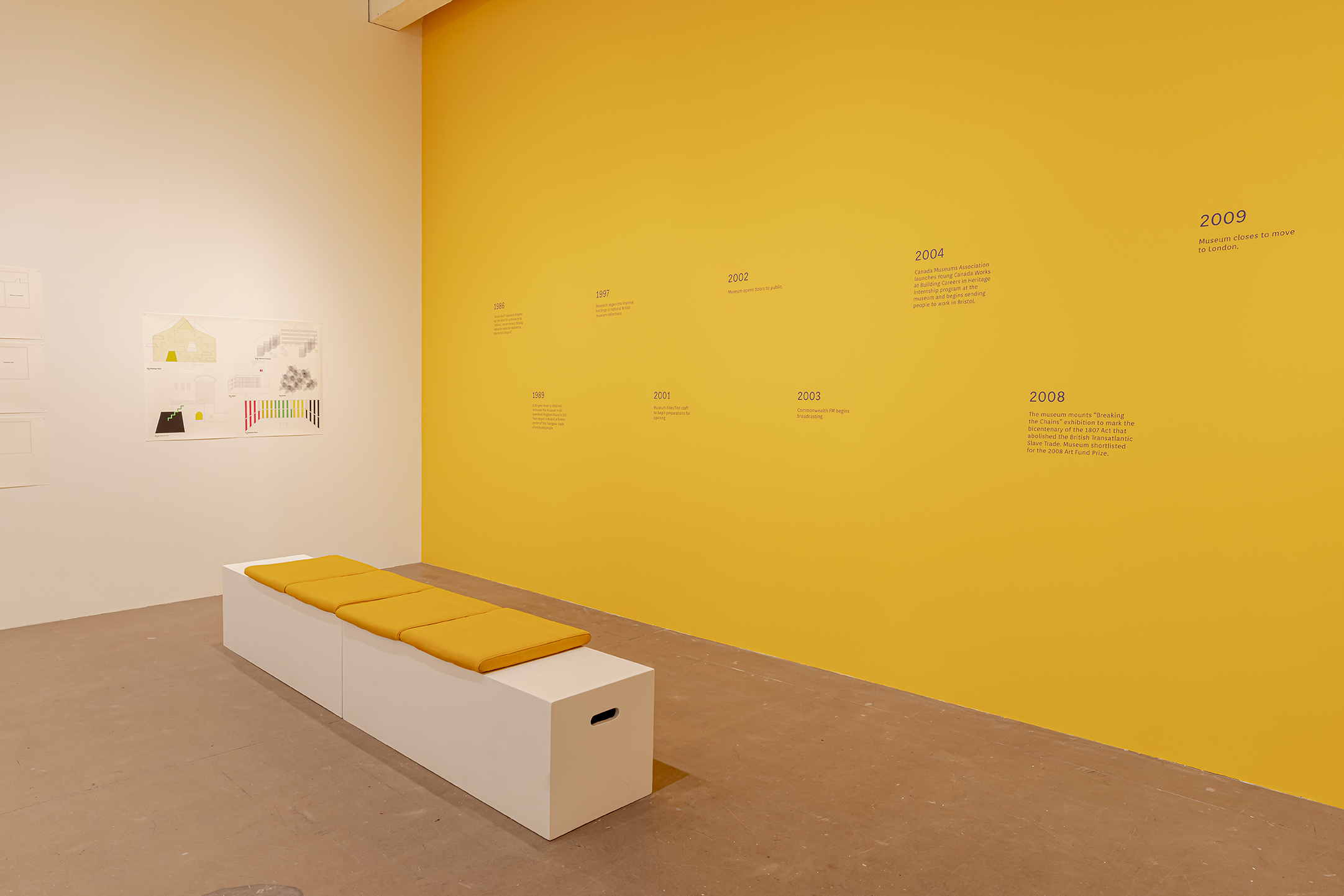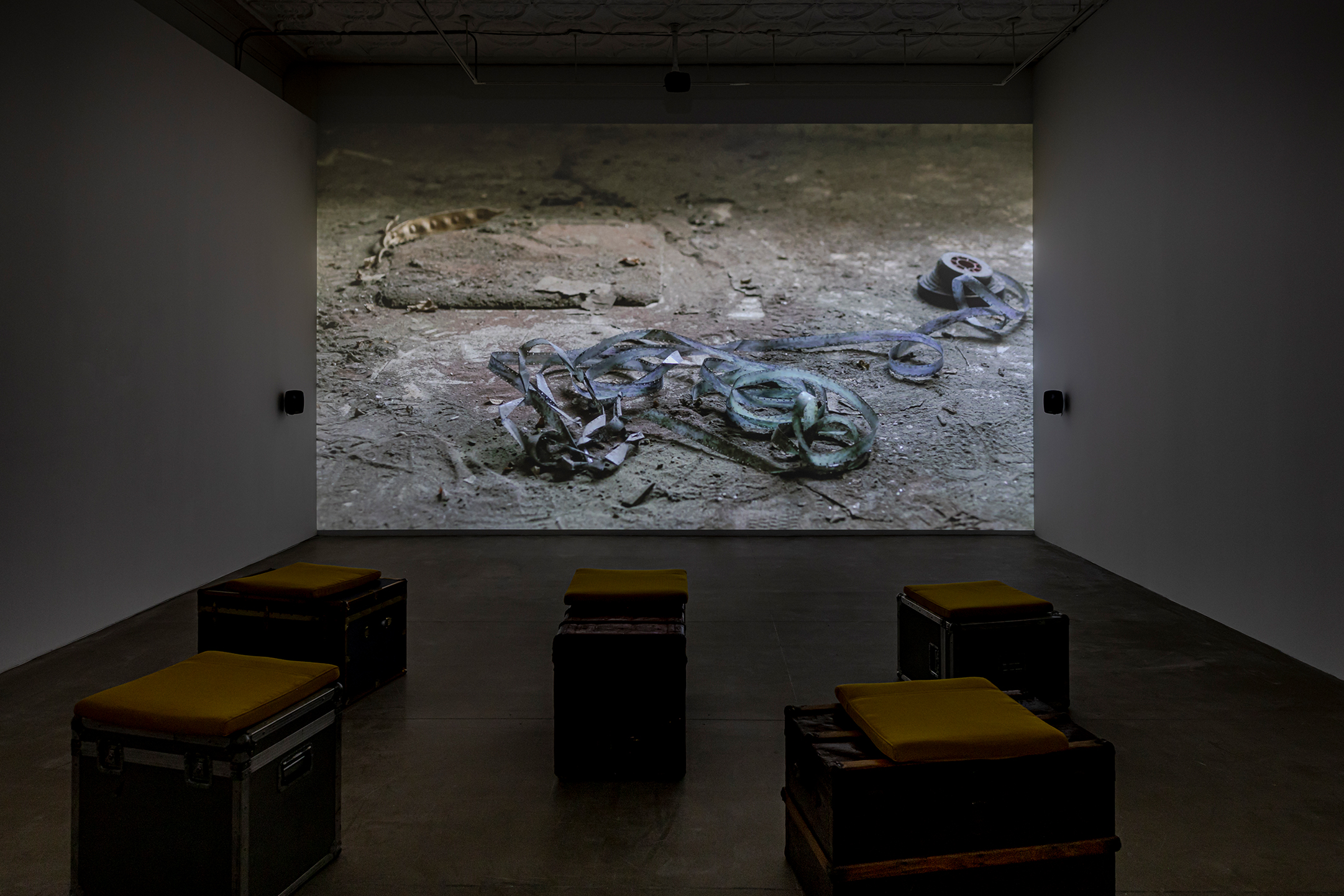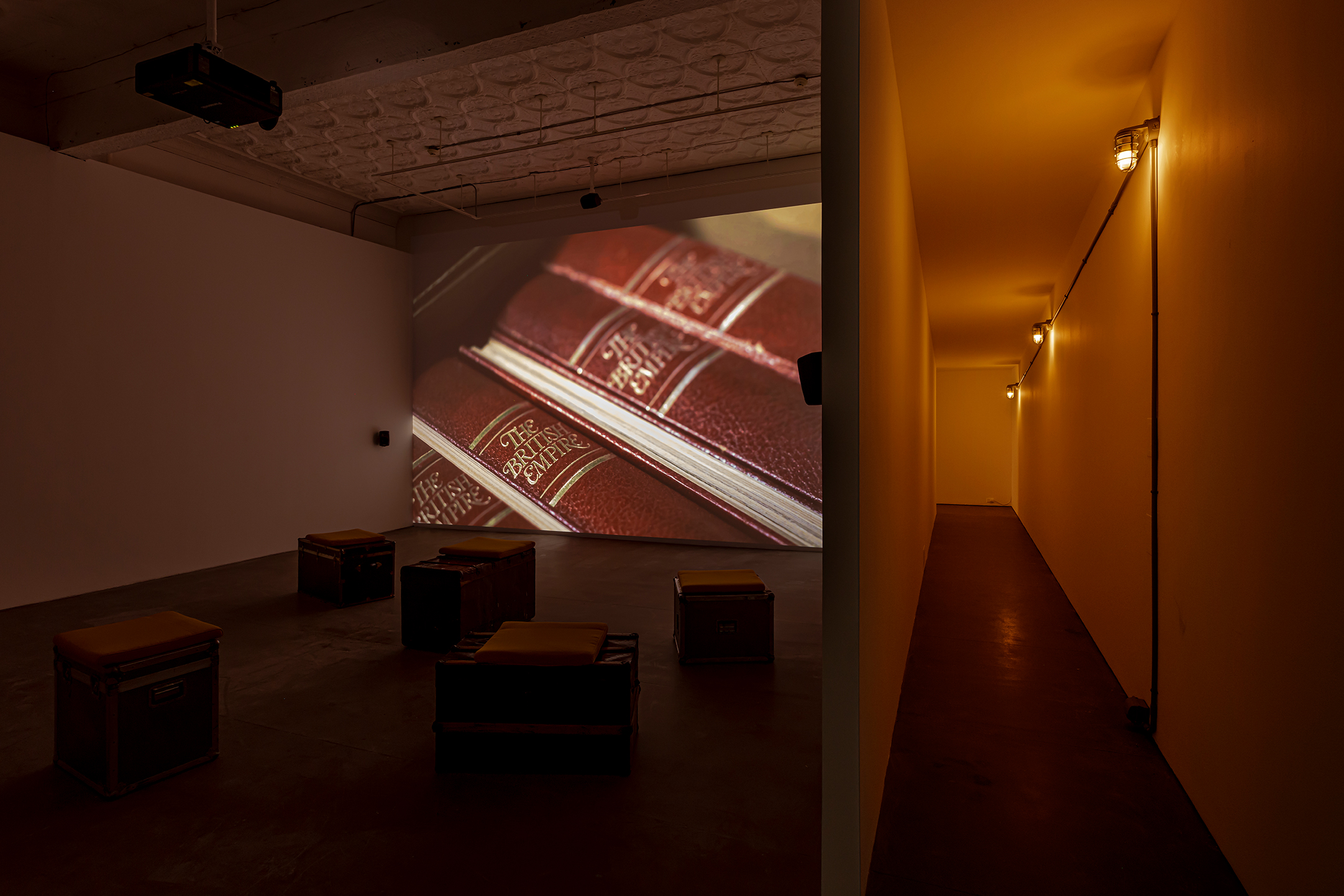Artist First is Mercer Union’s commissioning platform and the first of its kind amongst artist-run centres in Canada.
With a forensic lens, Onyeka Igwe’s commissioned film a so-called archive (2020), interrogates the decomposing repositories of Empire, and offers the central feature in her first solo exhibition in North America, THE REAL STORY IS WHAT’S IN THAT ROOM. Blending footage shot in two colonial archive buildings—one in Lagos, Nigeria, and the other in Bristol, United Kingdom—the film is a double portrait of the enduring visual, sonic, and psychic imprint that colonial images continue to generate, despite the disintegration of matter and memory. A noir fiction that combines the tenor of a radio play with the speech pattern of a corporate video tour, Igwe’s film imagines what might have been lost from these archives. She incorporates footage of their architecture coupled with sonic spatializations that point to the hauntings of colonialism that each space has come to represent.
In Lagos, the Nigerian Film Unit building was the first self-directed outpost of the Colonial Film Unit, the British visual propaganda engine operating between 1932–55. Today, only the dust and cobwebs gathered around stopped clocks and rotting celluloid film canisters line its interiors. The films on those reels are hard to see, not simply due to their condition but perhaps more importantly because they are connected to a dominating history of Britain’s colonies and spheres of influence.
Elsewhere is the story of the British Empire and Commonwealth Museum which opened in Bristol in 2002. The museum intended to tell the story of Britain’s past with photographic, film, sound, and object collections that presented life in former British colonies. Its location was chosen because of the port city’s historic connection to Empire—specifically as a major site of the transatlantic slave trade. Seven years following its opening, the museum permanently closed its doors after the alleged illegal sale of items from its collection. Both sites evoke a complicated story of Empire, with their decomposing, neglected archives offering evidence of greater neglected histories. Through their dormancy, these forgotten objects reveal the same colonial residue that is echoed throughout the walls of the buildings.
Igwe’s depiction of these former vaults provoke timely questions around the power of the archive, engaging the potential of contemporary art to address complicated histories of imperialism and cultural extractivism at the heart of colonial practice. Amid ongoing calls for institutions to address their past and present acquisition and stewardship customs, Igwe’s work interrogates the gestures of erasure and exclusion that so often shape institutional holdings. THE REAL STORY IS WHAT’S IN THAT ROOM pairs Igwe’s moving image work with parafictional and archival materials that lend contextual specificity to the locations and subjects of the work. These supplements include works on paper that imagine the programmatic elements in the architecture of the Bristol museum, a timeline that situates key events, and a selection of broadcasts from Commonwealth FM—a public radio station operating in the UK between 2003–06 featuring programs made by local residents from across the Commonwealth of Nations.
Igwe’s specific historical references extend into the Canadian context through the uncanny likeness of the colonial impression cemented in the structures and practices of Canadian memory institutions. At Mercer Union, the artist’s work joins a thematic connection between a series of forthcoming exhibitions by artists pursuing an investigation of records—incidental or official, living or untraceable—that evidence through imaginative invocations, a considered reflection on the present. Maintained across these projects is a critical understanding that narratives have the power to draw lines in the sands of history, the imagination, and our collective ability to figure the future. Igwe’s work stands out with critical urgency to reveal that the images we cannot, will not, or choose not to see, are living metonyms for the enduring entanglements between an empire, its outposts, and former colonies.
